Fishing Tips: How To Catch American Shad
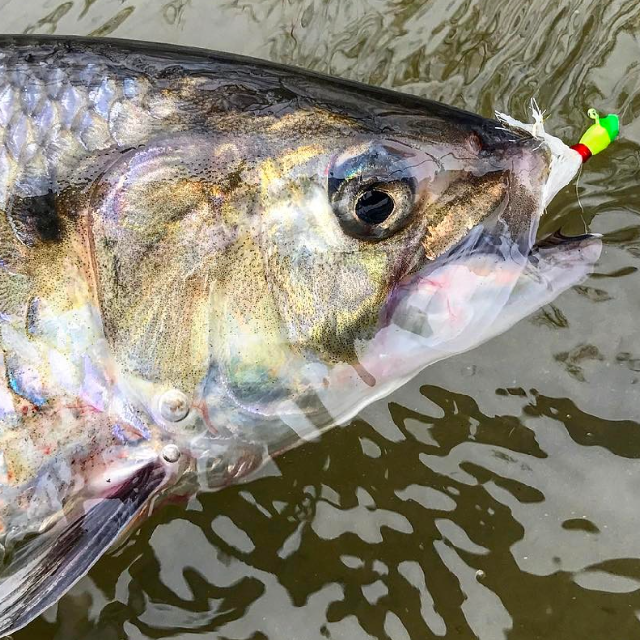
More photos of American Shad.
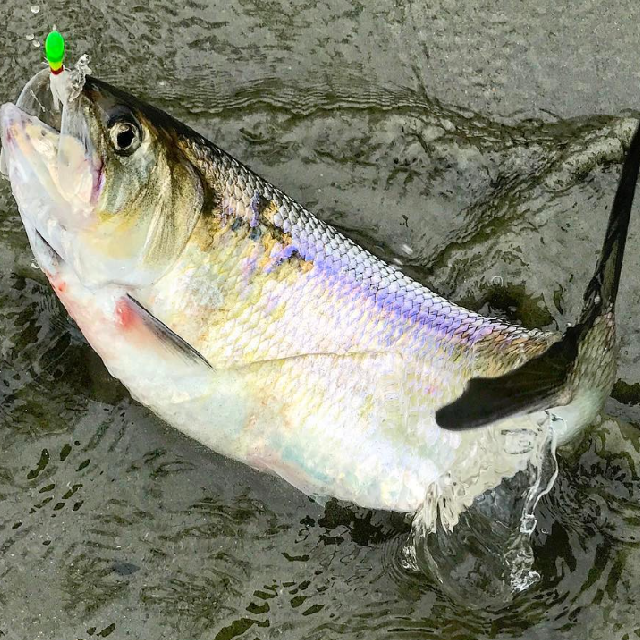
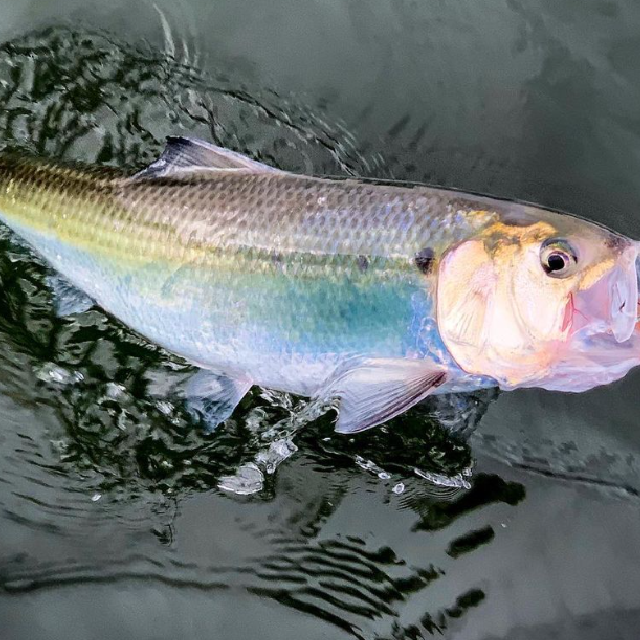
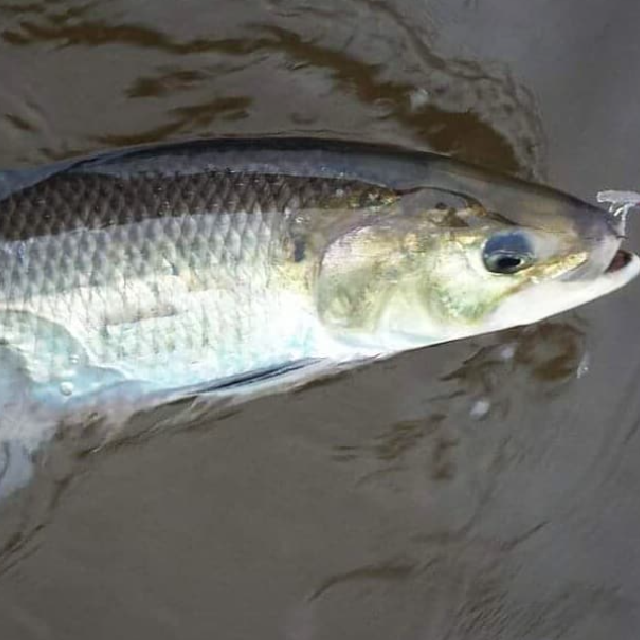
American Shad are known for their spirited fights and are a favorite among river anglers, especially during their spring spawning runs. These fish are typically found in large rivers along the East Coast. The key to catching shad is timing and technique.
Anglers should focus on fishing during the spawning season when shad swim upstream. Light tackle is preferred because of the shad’s delicate mouth, which can tear easily if the gear is too heavy. Techniques such as drift fishing or casting small spoons and jigs are highly effective.
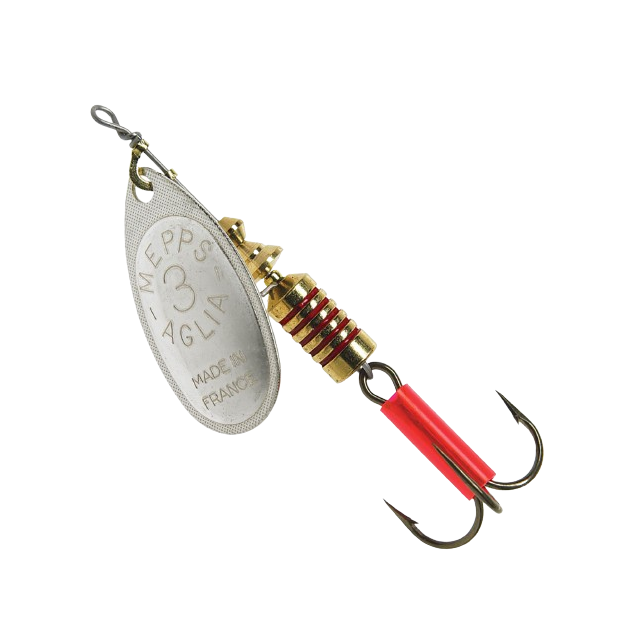
Mepps Aglia
Inline spinners are compact lures with a spinning blade attached directly to the lure's body....
Inline spinners are compact lures with a spinning blade attached directly to the lure's body. The Mepps Aglia is renowned for its consistent flash and vibration, attracting fish from a distance. Inline spinners are particularly effective in streams and rivers but can also be used in lakes and ponds. Their simplicity and effectiveness make them a staple in many tackle boxes.
Continue reading
Nightcrawlers
Nightcrawlers, a type of earthworm, are highly effective live bait due to their natural scent and ...
Nightcrawlers, a type of earthworm, are highly effective live bait due to their natural scent and movement. They are commonly used for a wide range of fish species. When hooked correctly, they wriggle enticingly in the water, drawing the attention of nearby fish. Nightcrawlers can be used in various fishing environments, from freshwater lakes to rivers.
Continue reading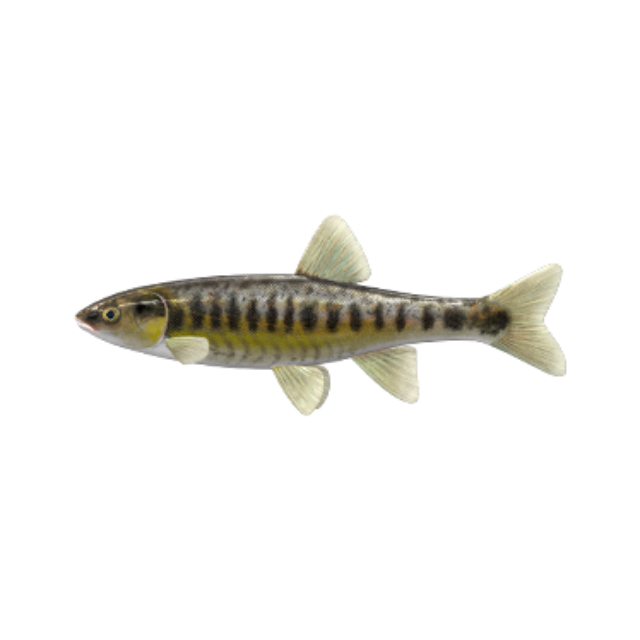
Small Minnows
Small minnows are highly effective due to their natural swimming action and scent. Hooking them th...
Small minnows are highly effective due to their natural swimming action and scent. Hooking them through the lips or behind the dorsal fin allows them to swim freely and attract fish. Effective near structures like rocks, weed beds, and drop-offs in streams and ponds.
Continue readingMore Thoughts on Baits: The choice of bait is crucial when fishing for American Shad. Bright colors and movement are key to attracting these fish, as they are primarily visual feeders. The effectiveness of baits can depend heavily on water clarity and light conditions, so adapting to the environment is crucial for a successful catch.
What Gear To Use To Catch American Shad:
- Rod/Reel: A light to medium-light action spinning rod paired with a spinning reel is ideal.
- Line: 4-8 lb test line is sufficient, providing enough strength without being too heavy.
- Hook: Small hooks, typically size 4-6, work best as shad have relatively small mouths.
- Leader: A light leader, about 2-3 feet long, can help prevent line visibility without compromising the strength.
More Thoughts on Gear:
How To Identify If You Caught American Shad: American Shad are silver with a metallic sheen, having a relatively deep body compared to other members of the herring family. They can be recognized by their large scales and the distinctive fork in their tail. The males, known as ‘bucks’, are typically smaller and slimmer compared to the females. For more detailed identification or to confirm your catch, visit the Catchpedia Fish Identifier.